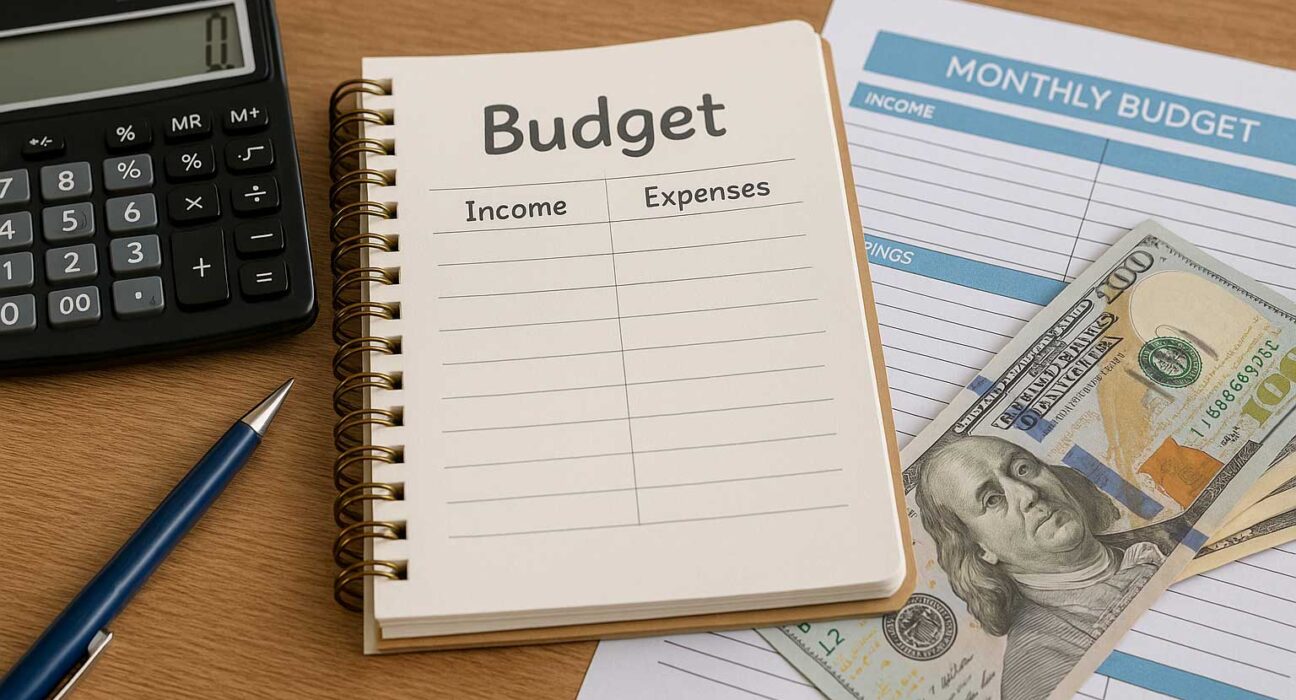If you’ve read budgeting tips before but still don’t have control of your money, you’re not alone. Most advice is vague, repetitive, or just not actionable. So let’s skip the motivational fluff and talk systems—actual budgeting methods you can apply today to finally make your money behave.
1. Start With the Zero-Based Budget (ZBB)
What it is: Assign every single dollar a purpose. Your income minus your expenses should equal zero.
Why it works: It forces intentionality. You won’t wonder where your money went—you’ll know exactly where it went.
How to start:
Write down your monthly income (after taxes).
List every monthly expense (rent, groceries, subscriptions, etc.).
Adjust until your income – expenses = 0.
Use a spreadsheet or tools like YNAB (You Need A Budget).
2. Use the Envelope System for Problem Categories
What it is: Use physical envelopes or digital categories for specific spending areas.
Why it works: It enforces spending limits on common problem areas like food, gas, or entertainment.
How to start:
Set monthly budgets for 2-3 problem categories.
Withdraw that amount in cash, place it in envelopes.
When the envelope is empty, you’re done spending.
Prefer digital? Use budgeting apps like Goodbudget.
3. Set Up a Simple Weekly Budget Review
What it is: A 15-minute check-in to make sure your budget aligns with reality.
Why it works: Small weekly adjustments prevent massive end-of-month chaos.
How to start:
Pick a recurring time: Sunday evening or Monday morning.
Log into your bank account.
Check balances, compare actual vs budget.
Adjust if you overspent or underspent.
4. Create a Three-Account Bank Setup
What it is: Use three checking/savings accounts to separate spending, saving, and bills.
Why it works: It prevents accidentally spending what you meant to save or use for bills.
How to start:
Account 1: Spending (groceries, entertainment).
Account 2: Bills (auto-payments, rent, utilities).
Account 3: Savings (emergency fund, goals).
Automate transfers right after payday.
5. Use the 80/20 Split Instead of Overcomplicating It
What it is: Save/invest 20% of your income, spend the rest.
Why it works: It’s incredibly simple and builds good habits fast.
How to start:
Determine 20% of your take-home pay.
Automate transfer to savings/investing.
Use the remaining 80% for all your living costs.
Great for beginners or those with irregular income.
6. Categorize Expenses as Fixed, Variable, and Non-Essential
What it is: Break expenses into types so you know where you can cut or control.
Why it works: Makes cutting back less overwhelming.
How to start:
Fixed: Rent, insurance, loan payments.
Variable: Groceries, utilities, gas.
Non-Essential: Eating out, subscriptions, shopping.
When adjusting your budget, trim from non-essentials first.
7. Set a Monthly Budget Cap for Subscriptions
What it is: Define a total dollar limit for all digital subscriptions.
Why it works: Prevents death-by-a-thousand-streaming-services.
How to start:
Set a hard cap (e.g., $50/month).
List every subscription: Netflix, Spotify, cloud storage, apps.
Cancel or rotate out anything that puts you over.
8. Track Spending With Bank Notifications
What it is: Get instant notifications when money leaves your account.
Why it works: Real-time awareness curbs impulse spending.
How to start:
Enable transaction alerts via your banking app.
Set up text/email alerts for large or unusual purchases.
You’ll think twice before swiping your card.
9. Budget With a Partner Using a Shared App
What it is: Share visibility and control over a joint budget.
Why it works: Keeps both people accountable and on the same page.
How to start:
Use apps like Honeydue or Zeta for couples.
Set shared goals and monthly spending targets.
Schedule a 30-minute money talk once a month.
10. Review and Reset Monthly
What it is: Evaluate what worked, what didn’t, and make a new plan.
Why it works: Prevents rinse-and-repeat budgeting failures.
How to start:
End each month with a review session.
Ask: What surprised me? Where did I go over?
Tweak next month’s plan accordingly.
Final Thought: Practical Systems Beat Perfect Plans
You don’t need budgeting perfection. You need budgeting systems that run even when you’re busy, tired, or distracted. Pick one strategy, try it for 30 days, and adjust from there.
Money management isn’t about control—it’s about clarity. And clarity is what creates confidence.
Stick with StackCents.me for real-world money systems that actually work—no fluff, just results.





